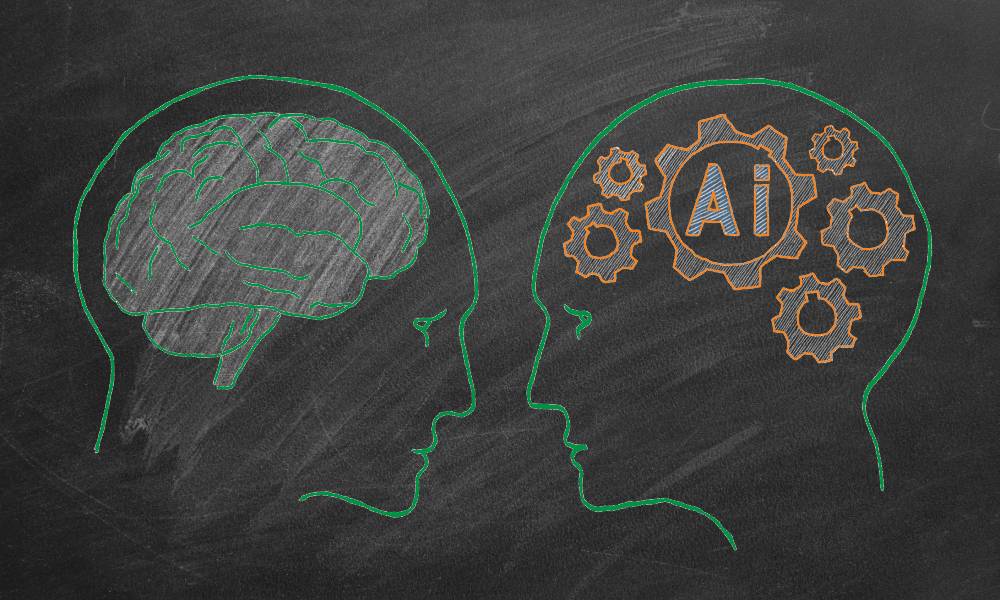In today’s digital age, distinguishing between human-written and AI-generated content has become increasingly challenging. As AI writing tools advance, their outputs are more fluent, coherent, and convincing. Understanding how to tell the difference—and why it matters—is crucial for educators, professionals, and everyday readers alike.
Why Can It Be Hard to Differentiate?
Modern AI models generate text that mimics human language patterns with impressive accuracy. They can write essays, emails, reports, and even creative stories that feel natural and well-crafted. This blurring of lines creates uncertainty, making it difficult to verify the true source of content without specialized tools or expertise.
Methods to Identify AI-Generated Content
There are several indicators and detection techniques used to distinguish AI text from human writing:
- Repetitive phrasing or unnatural patterns: AI sometimes repeats words or uses clichés excessively.
- Lack of deep context or personal insight: AI content often lacks genuine emotions, personal anecdotes, or nuanced opinions.
- Overly formal or generic tone: AI writing may sound “too perfect” or neutral, missing individual voice.
- Use of AI detection tools: Software that analyzes linguistic features to estimate AI likelihood, though not foolproof.
Why Does It Matter?
Being able to identify AI-generated content has important implications:
- Academic integrity: Ensuring students submit their own work rather than AI-written essays preserves fairness in education.
- Credibility and trust: Professionals need to trust that reports, news, and communications are authentic and not machine-generated.
- Ethical transparency: Readers have the right to know if content is created by AI to make informed judgments.
The Bigger Picture
As AI becomes more integrated into writing and communication, the goal is not just detection but thoughtful use. Encouraging transparency about AI assistance helps maintain ethical standards while leveraging AI’s benefits. Ultimately, distinguishing human from AI content safeguards creativity, accountability, and trust in a digital world.


No responses yet